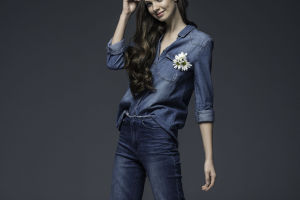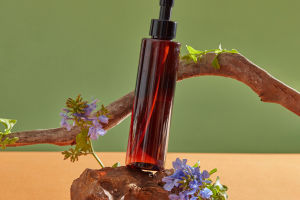When it comes to creating the perfect outfit, selecting the right fabric is crucial. Whether you're sewing for the first time or have experience, choosing the fabric that matches your vision can be tricky.
But don't worry—we've got you covered! Here are five essential tips to help you buy the best clothing fabrics for your next project.
1. Understand the Difference Between Natural and Synthetic Fabrics
First, it's essential to understand the two major types of fabrics: natural and synthetic. Natural fabrics like cotton, linen, breathable, and easy to work with. These materials are perfect for those with sensitive skin and are comfortable for everyday wear. However, natural fibers are generally more delicate and can tear or wrinkle easily.
On the other hand, synthetic fabrics like polyester, nylon, and rayon are highly durable and resistant to wear and tear. They dry quickly, making them ideal for athletic wear or outerwear. Synthetic fabrics, however, may not be as breathable and may not be suitable for sensitive skin types.
We recommend starting with cotton if you're new to sewing, as it's easy to handle and has a natural, versatile feel.
2. Cotton is Your Best Friend
Cotton isn't just one type of fabric—it's a versatile material with many varieties. When you're just starting with garment sewing, cotton is one of the easiest fabrics to work with. It breathes well, is comfortable in all seasons, and is a forgiving fabric for beginners. Whether you choose woven or knitted cotton, both are excellent choices for comfort and ease.
While cotton is generally low-maintenance, it's more prone to wrinkles compared to synthetic fabrics. But overall, its benefits—like moisture control, hypoallergenic properties, and durability—make it a fantastic fabric for many projects.
3. Opt for Ethical Animal-Based Fabrics
If you're interested in fabrics sourced from animals, such as wool, silk, or cashmere, it's important to research where these materials come from. Animal-based fabrics can offer great qualities like warmth and breathability, but some may require special care or be too itchy for some people. Always make sure that the animal-based materials you choose align with your values and consider whether these fabrics are suitable for your project.
4. Choose Fabrics Based on Your Project's Characteristics
Every fabric has its unique set of characteristics that can make it perfect for specific types of garments. For instance, if you're looking for something breathable and eco-friendly, Linen might be the perfect fabric for your needs. For projects that require stretch but also shape retention, fabrics like Lycra or Spandex are great options.
Do you want your garment to drape beautifully or hold its structure? Understanding these characteristics will help you make the best fabric choices for your sewing goals.
5. Explore the World of Fabric Blends
As you gain more experience with sewing, you'll start to experiment with fabric blends. Blended fabrics combine the best features of two or more materials, creating unique textures and benefits. For example, a blend of cotton and linen offers the breathability of cotton with the crisp texture of linen. However, blended fabrics can be more difficult to work with, so it's important to follow pattern recommendations carefully to avoid mistakes.
Common blends include polyester-cotton, linen-cotton, and nylon-wool. Each blend brings something special to your project, but keep in mind that working with them requires a bit more experience.


